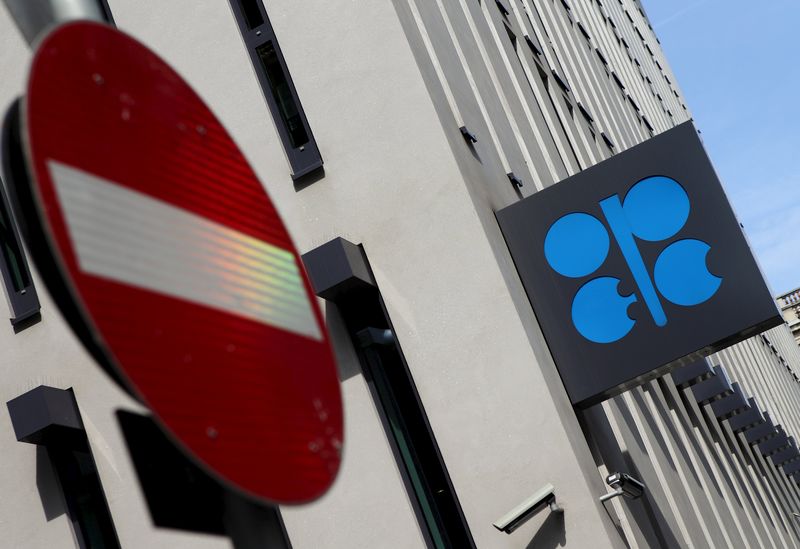By Ambar Warrick
Investing.com-- Oil prices rallied in early trade on Monday following multiple reports that the OPEC+ will decide on supply cuts during a meeting this week, as it grapples with weakening prices.
London-traded Brent oil futures rose 2% to $87.23 a barrel, while West Texas Intermediate futures jumped 2.5% to $81.45 a barrel by 21:09 ET (01:09 GMT). Both contracts also recovered from steep losses in September and the third quarter.
Multiple reports said on Monday that the Organization of Petroleum Exporting Countries and its allies (OPEC+) is considering production cuts of over 1 million barrels a day (bpd) when it meets on Wednesday, in order to support weakening crude prices.
The cut would come amid several signals from OPEC members that recent declines in crude prices were unfounded, and that production cuts to stabilize prices are in order.
The cartel is set to meet in Vienna on Wednesday, its first in-person meeting since March 2020.
Oil prices plummeted 11.2% in September, their worst month in nearly a year, as hawkish signals from the Federal Reserve and other central banks raised concerns that economic growth will slow drastically in the face of rising interest rates.
Markets were also flush with supply as the United States drew heavily from its strategic petroleum reserve, bringing stockpiles to their lowest level in nearly 40 years.
Oil prices have slumped sharply from highs hit earlier this year as a series of COVID lockdowns in major importer China drove concerns over sustainable demand.
Strength in the dollar, which is trading near 20-year highs, also weighed on crude prices by making imports more expensive.
OPEC head Saudi Arabia is facing pressure from the United States to increase production and help reduce fuel-linked inflation for major economies.
But the country, along with most OPEC members, is reluctant to increase production in the face of weakening prices, which slumped to eight-month lows in September.
The production cut would come after a 100,000 bpd cut last month was viewed as largely nominal by the market.
It will also be only a few months after the OPEC brought crude production back to pre-COVID levels, following two years of extreme oil market headwinds from the pandemic.
